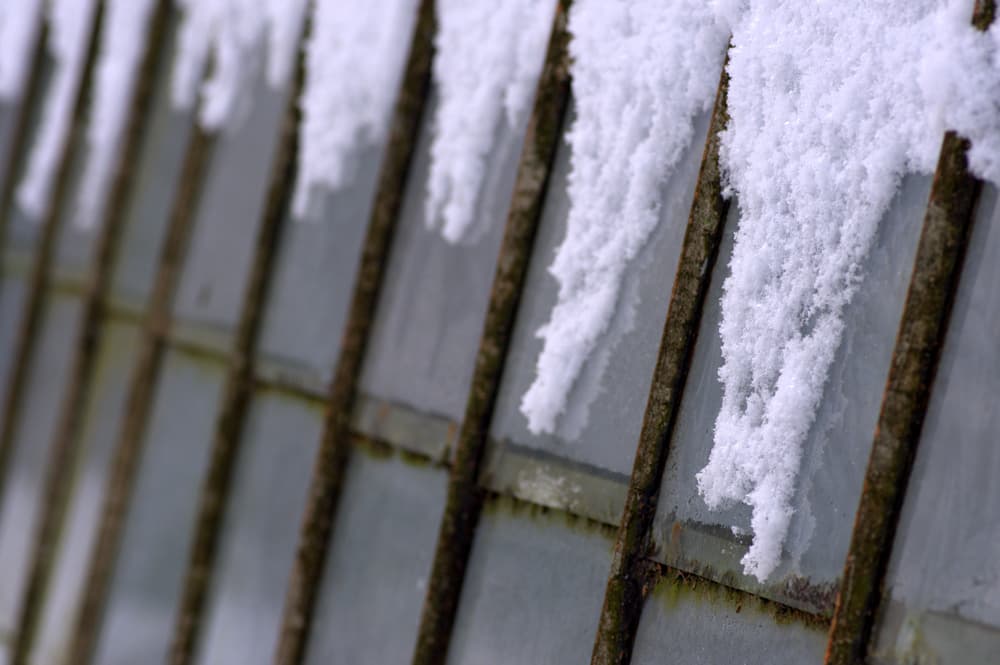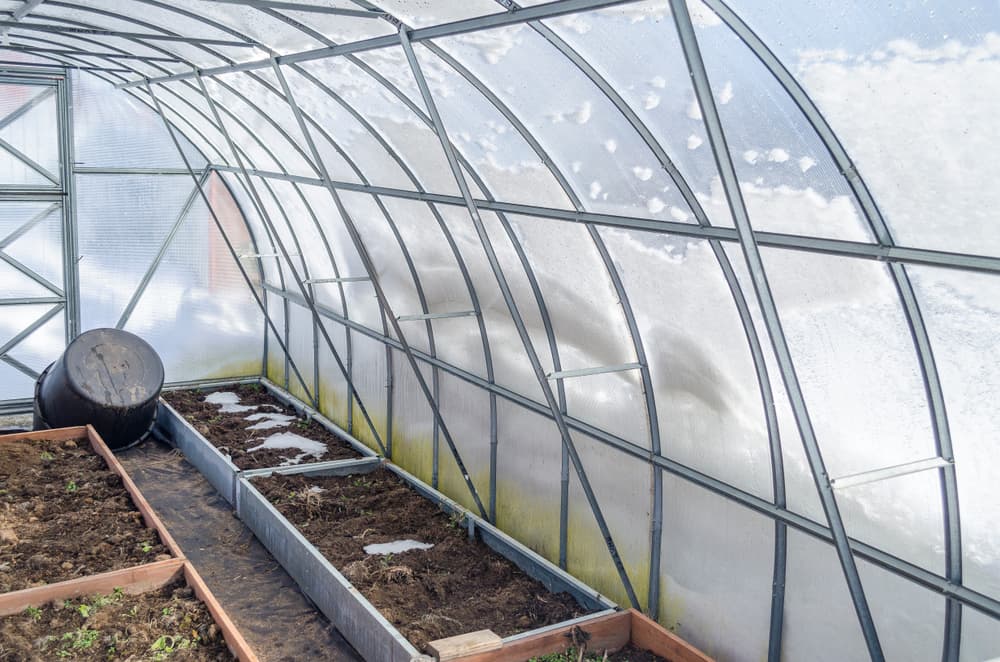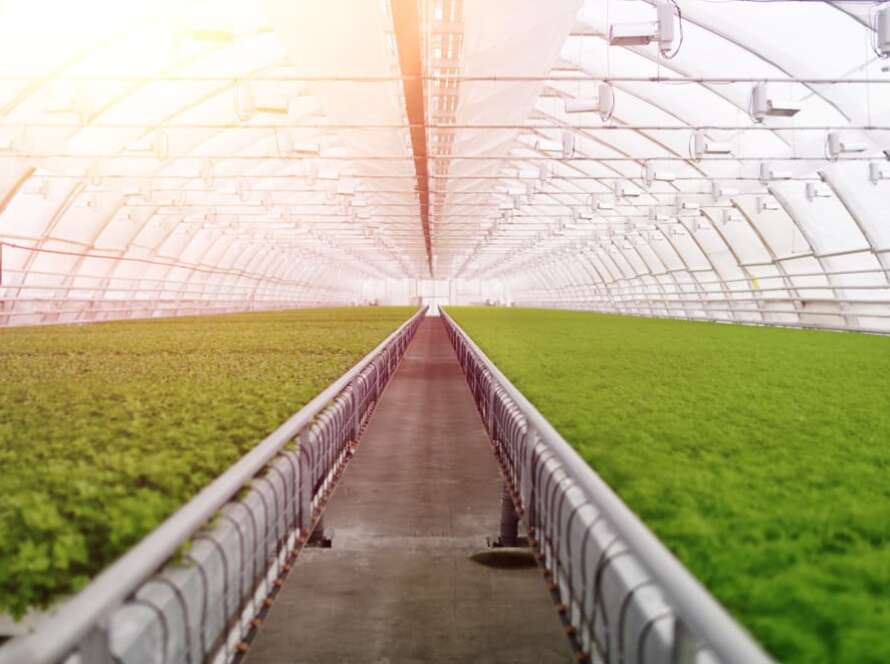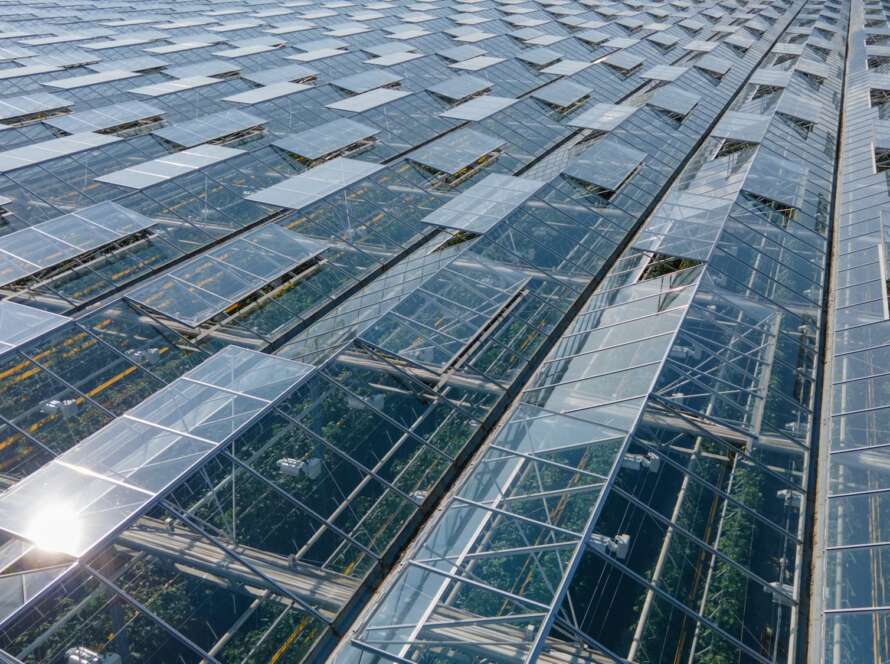With the arrival of winter, temperatures are a common concern for commercial greenhouse production since it is a threat of frost damage, pests, and humidity.
During winter months in the United States, particularly in December, greenhouse structures require a more efficient heating system to maintain healthy crops inside.
Winter this year will start on the 21st of December, and to ensure your greenhouse is prepared for cold weather, you must understand how greenhouse temperature works and which is the best heat source.
This article has all the insights to learn how to heat a greenhouse and how to find the best heating options according to your needs.
HOW DO TEMPERATURE WORK ON COMMERCIAL GREENHOUSES?
Temperature regulation is a crucial factor in the success of commercial greenhouses. The environment inside the greenhouse should keep optimal temperature ranges for the plants to grow and thrive.
The growing season in low temperatures represents a challenge for commercial farmers, floriculture, nursery, and cannabis growers.
When the temperature is low, the greenhouse inside creates an environment of cold air and high humidity, which is unsuitable for plant growth.
Besides water and sun, plants need the right amount of air. If the air is too dry or too moist, the plants can suffer from frost damage and disease.
Knowing how to warm up a greenhouse can save you time, money, and a lot of resources. The ideal temperature for most crops is between 65 and 75 degrees Fahrenheit–depending on the crop type.

HOW TO HEAT A COMMERCIAL GREENHOUSE
To achieve a well-heated greenhouse, there are certain instructions to follow according to each heating system used. The following list contains the fundamental steps for heating a commercial greenhouse:
- Install the heating system and make sure it is properly set up according to the manufacturer’s instructions.
- Check for air leaks in the structure, as this can increase energy consumption and reduce efficiency of heating.
- Create a ventilation system to keep the air circulating and prevent mold growth.
- Set up sensors to measure and monitor temperature, humidity, and other factors.
- Adjust the temperature and humidity levels according to the crop needs.
WHAT IS THE BEST SOURCE OF HEAT FOR A GREENHOUSE?
1. WOOD HEATING SYSTEM
Wood is a highly renewable source of energy for greenhouses due to the fact that it is sustainable, cost-effective, and possesses advanced technology that enables it to adapt to various production methods.
2. FLOOD FLOORS
The benefits of floor heating in greenhouses are substantial.
In-floor heating is desired because it prevents heat loss caused by a greenhouse’s chilly concrete floor; it is also unobtrusive because it lies beneath the growing surface.
3. OVERHEAD HEATING
In locations that experience frigid winter nights, it is necessary to have overhead heating. It gives the additional heat necessary to combat these cold conditions.
In addition to providing additional heat during these colder months, the overhead heating system can be incorporated with hanging basket systems and monorail and birail cart configurations.

FIND THE BEST WINTER DESIGNS FOR YOUR GREENHOUSES WITH US
At GGs Structure, we have a wide range of options for commercial greenhouses. We are committed to helping you find the best winter designs for your greenhouses and providing heating solutions to keep your plants warm and healthy.
Our team of experts can help you find the best system for your needs, from electric heaters and fans to geothermal systems. We also offer insulation installation to ensure your greenhouse is well-insulated for the winter season.
Contact us today to learn more about how we can help you find the perfect heating solution for your commercial greenhouse.




